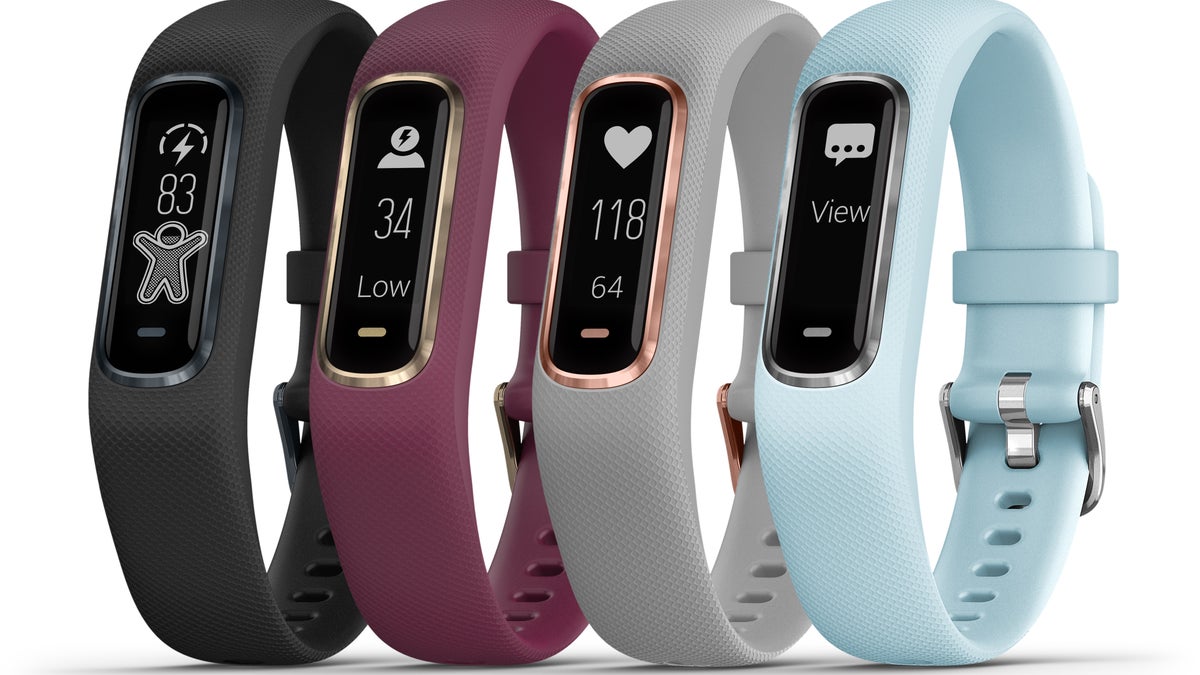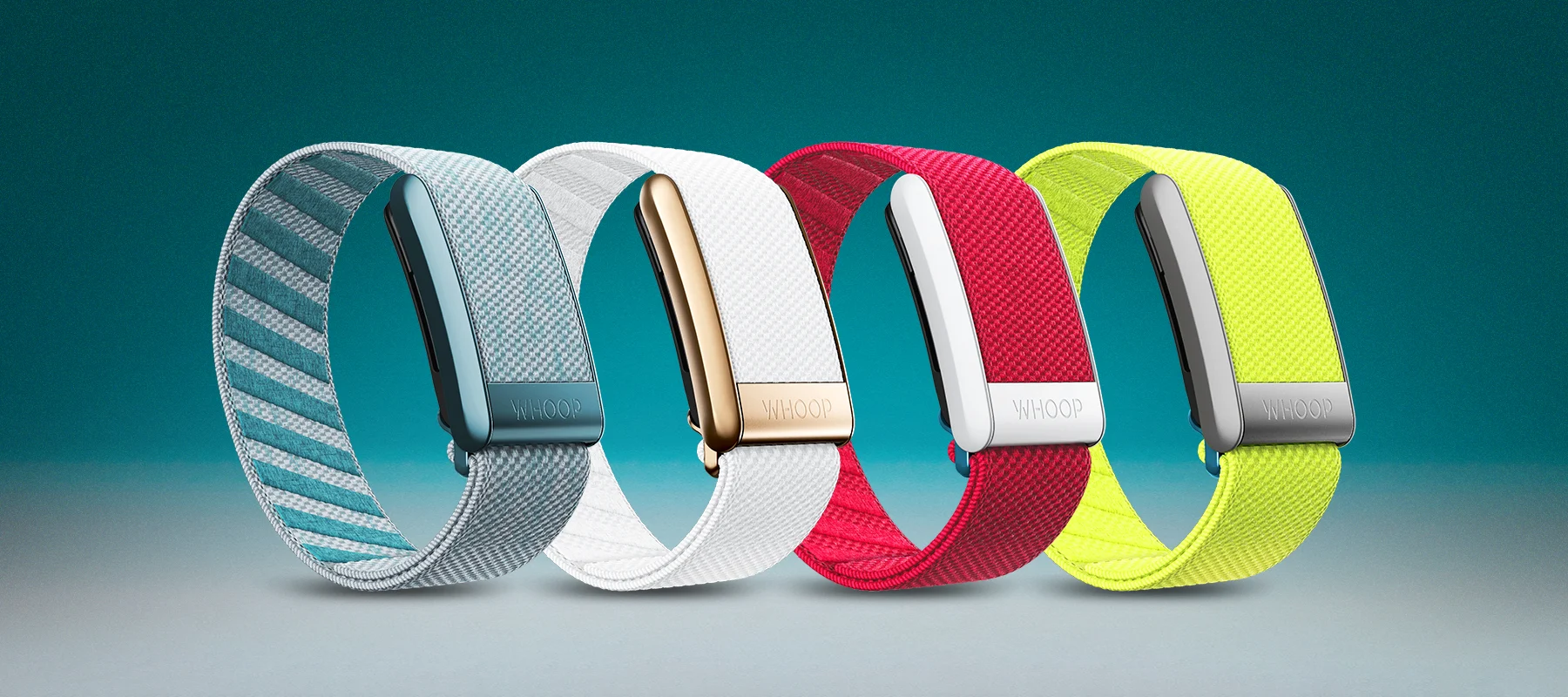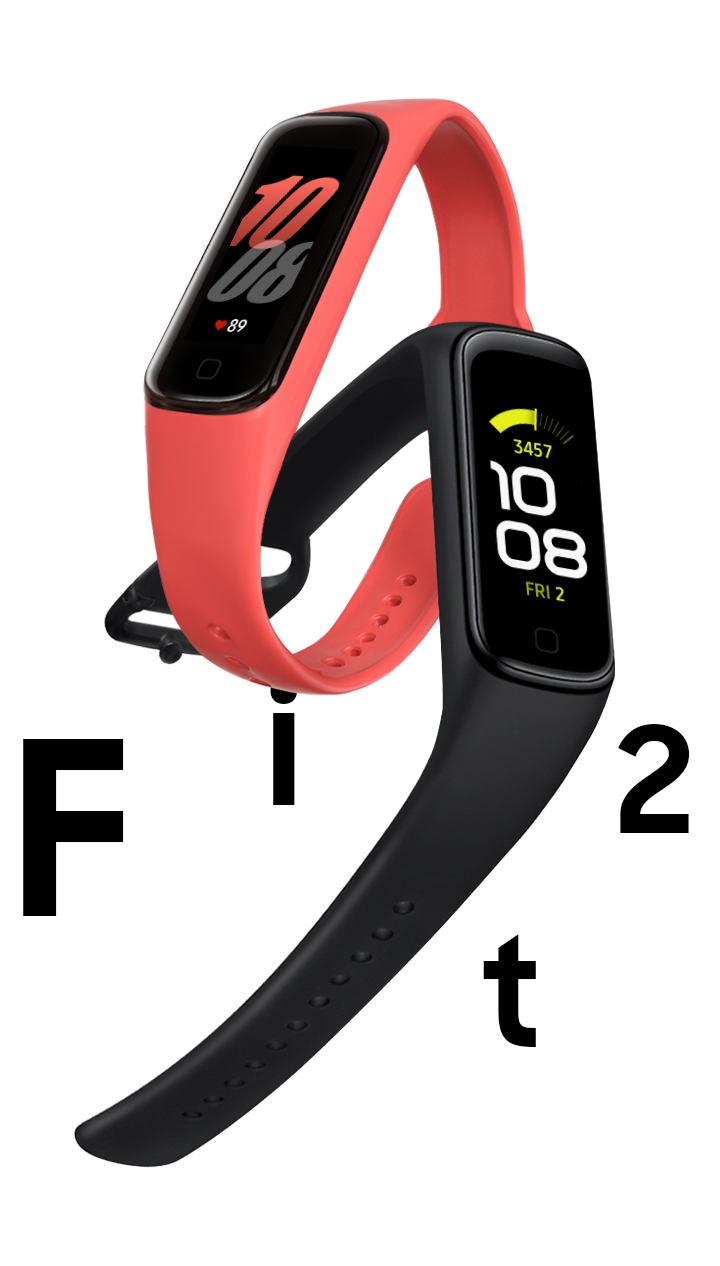Introduction
Wearable technology has become an integral part of our lives. It has transformed everyday gadgets into intelligent ones, with wearable fitness trackers being one such device that offers accurate health data, from simple pedometers to sophisticated smart watches that provide more in-depth analysis.
Wearable technology has been around since 1286, when eyeglasses were first invented. Over the centuries since, wearable technology has evolved, with innovations like Abacus rings in 1600 and pedometers in 1960 being major advancements for measuring physical activity; later, accelerometers were added for comprehensive tracking of distance, steps, and other activities.
Wearable technology has advanced rapidly through innovation and miniaturisation, spurred on by the invention of the accelerometer, which led to devices such as the Apple Watch. Today’s wearable technologies are smaller, more mobile, and better integrated into everyday lives than ever before.
This blog post seeks to inform readers about the advantages and options of fitness trackers while providing them with guidance on choosing one.
Wearable Health Devices: Benefits and Drawbacks
Wearable health devices are increasingly popular, and it is essential to carefully evaluate both their potential advantages and drawbacks before making a decision
Health Benefits of Wearable Fitness Trackers
Personal health monitoring:
In order to make well-informed lifestyle decisions, it is essential to engage in personal tracking, which entails gathering health metrics such as heart rate, sleep patterns, and levels of physical activity. The information obtained from this data can offer valuable insights.
Goal Setting and Progress Tracking:
Users can set fitness targets and track their progress to encourage an active lifestyle and boost motivation.
Early Warnings:
Issue early alerts regarding potential health problems and encourage timely professional checkups.
Increased patient monitoring:
Collect data over time in order to create a comprehensive profile of a patient’s health, helping clinicians provide better care and adapt treatment plans accordingly.
Promote healthier lifestyles by adopting healthier habits and keeping track of fitness, sleeping cycles, and stress levels.
Wearing a fitness tracker has many advantages.
Wearable technology offers numerous advantages. Here are the main reasons to wear a fitness monitor on the wrist:
Wrist Positioning
Since wrist veins and arteries provide easy access points for sensors to measure heart rate and blood pressure, wrist positioning becomes an ideal location to calculate these indicators.
Motion Detection:
Since arms tend to move more frequently than other limbs, this makes motion detection simpler.
Track daily progress.
The Activity Summary feature offers a complete picture of your daily activities, such as steps taken, calories burned, and heart rate data.
Motivation:
Provides reminders and goal-setting tools to keep users motivated.
Free tips from experts:
- Delivers expert tips and advice based on collected data.
- Personalised recommendations help users optimise workout routines.
- Motivates users to achieve their fitness goals more efficiently.
Set short-term goals.
Daily Goals: Users are empowered to set daily goals and meet them, inspiring both dedication and improvement.
Top fitness trackers available on the market
1. Apple Watch Series :

Advanced Health Monitor: Used to detect blood oxygen levels and falls.
Seamless integration with iOS: supports third-party applications and integrates Apple Fitness+ seamlessly.
2. Fitbit Charge 5’s:

Comprehensive Health and Fitness Features: Monitor stress levels, heart rate, sleep stage, ECG app, EDA sensor, and GPS for accurate tracking.
User-Friendly Interface: Full-colour touchscreen featuring personalised insights and guided programming.

Body Battery Energy Monitoring: Track heartbeat, sleep stages, and stress levels with detailed health metrics.
Stylish Design: Slim and fashionable, with multiple colour options available.
Affordable Option: With essential fitness and health features such as steps, heart rate monitoring, and sleep support.
Compatibility With Android: This application integrates seamlessly with Android devices and provides smart features, including notifications.

Monitoring Recover and Strain: Focuses on monitoring strain and recovery daily while tracking heart rate variation (HRV) as well as other metrics.
Detailed Sleep Analysis: Provides comprehensive tracking and recommendations to enhance the quality of restful sleep.
6. Xiaomi Mi Band 6 for Budget Constrained Users:

An affordable band offering comprehensive tracking features, including heart rate monitoring and sleep quality analysis.
Solid Features and Battery Life: Large AMOLED display and long battery lifespan, lasting up to 14 days of continuous use.
Comparative Analysis
| Feature | Samsung Galaxy Fit 2 | Whoop Strap 4.0 | Xiaomi Mi Band 6 | Apple Watch Series | Garmin Vivosmart 4 |
| Price | Affordable | Premium subscription-based | Budget-friendly | Premium | Mid-range |
| Primary Focus | Essential fitness tracking | Recovery and strain monitoring | Comprehensive fitness tracking | Advanced health monitoring and smart features | Detailed health metrics |
| Health Metrics | Steps, heart rate, sleep, and workouts | HRV, strain, recovery, sleep | Heart rate, sleep, activity | Heart rate, ECG, blood oxygen, sleep | Heart rate, sleep, stress, Pulse Ox |
| Sleep Tracking | Basic sleep tracking | Detailed sleep analysis | In-depth sleep tracking | Advanced sleep tracking | Advanced sleep tracking |
| Battery Life | Up to 15 days | 4-5 days | Up to 14 days | 1-2 days | Up to 7 days |
| Display | AMOLED display | No display, app-based | Large AMOLED display | Retina display | Discreet OLED display |
| Compatibility | Android | iOS and Android | iOS and Android | iOS | iOS and Android |
| Design | Slim, lightweight, water-resistant | Minimalist, no screen | Sleek, various color options | Sleek, customizable, water-resistant | Slim, fashionable |
| Special Features | Notifications, smart features | Advanced analytics, strain coach | SpO2 measurement, women’s health | Extensive app support, Fitness+, Siri | Body Battery, advanced sensors |
| Subscription | No | Yes (for analytics) | No | No | No |
Wearable Health Devices: Potential Limitations & Drawbacks
Inaccurate Data Measurement: Wearables may provide inaccurate data, misleading users about their health status.
Limited Medical Relevance: Wearables monitor health metrics but are not substitutes for professional medical diagnosis and treatment.
Data Security Concerns: Wearables collect and transmit personal data wirelessly, raising concerns about potential breaches and privacy issues.
Over-Reliance: Users may become overly dependent on devices, neglecting professional medical advice and ignoring their body’s natural signals.
Limited Battery Life: Many wearables require frequent charging, sometimes only lasting several hours, leading to inconsistent data tracking.
Future of Wearable Health Devices
AI Integration: Future wearables will use AI to provide personalized health alerts and recommendations based on metrics and medical history.
Clothing with Vital Statistic Monitors: Wearables will include clothing with sensors to track health indicators such as liver and renal functions and electrolyte levels.
Renewable Energy Sources: Wearables will incorporate solar charging and kinetic energy from body heat and movement to enable continuous health tracking and improve convenience.
Integrated Ecosystem: Future devices will form an interconnected system, including smartwatches, clothing, footwear, and eyewear, working together to monitor health metrics.
Remote Patient Monitors: Wearables will play a crucial role in remotely monitoring patients and reducing hospital stays.
Chronic conditions can be costly to treat.
Mind Controlled Devices**: Wearable devices that can be controlled using headbands that detect brainwave patterns may give people with severe disabilities greater independence.
Wearable Technology Offers Immense Promise Across Multiple Fields
Improved Health & Well-Being
Employee Wellness Programs: Providing fitness trackers can promote a healthy work environment, which is linked to increased engagement, retention, and job satisfaction.
Enhanced Task Tracking: Devices like the Apple Watch can improve task management by making updates more accessible for employees.
Efficient Warehouse Navigation: Smart glasses can help warehouse workers navigate more efficiently.
Enhanced Productivity
Improved Communication: Wearable devices like the Apple Watch facilitate better communication among employees.
Efficient Task Management: Employees can use wearables for easier access to task updates and reminders.
Warehouse Efficiency: Smart glasses provide better navigation for warehouse workers, enhancing overall productivity.
Increased Safety
Real-Time Monitoring: Wearables monitor physical conditions in real-time, helping to prevent workplace accidents and ensuring a safer environment.
Enhanced Navigation: Smart glasses can improve navigation for warehouse workers, contributing to a safer and more efficient workflow.
Engagement & Participation
Varied Device Options: Offering multiple devices that integrate with major health apps can increase employee participation and health outcomes.
Appeal to Different Users: Devices like Whoop might appeal more to high-performance athletes, so providing a range of options is beneficial.
Security Concerns
Privacy and Data Protection: Wearable devices can pose privacy risks and increase the potential for data breaches. Employers must implement policies to regulate wearable usage, focusing on network access and data protection.
Holistic Wellness Approach
Beyond Physical Health: While wearables contribute to physical health monitoring, they should be part of a broader wellness initiative that includes mental wellbeing, financial security, and social wellbeing.
This outline covers the key points needed to create an informative and engaging blog post on wearable fitness trackers, helping readers understand their benefits and choose the right one for their needs.
